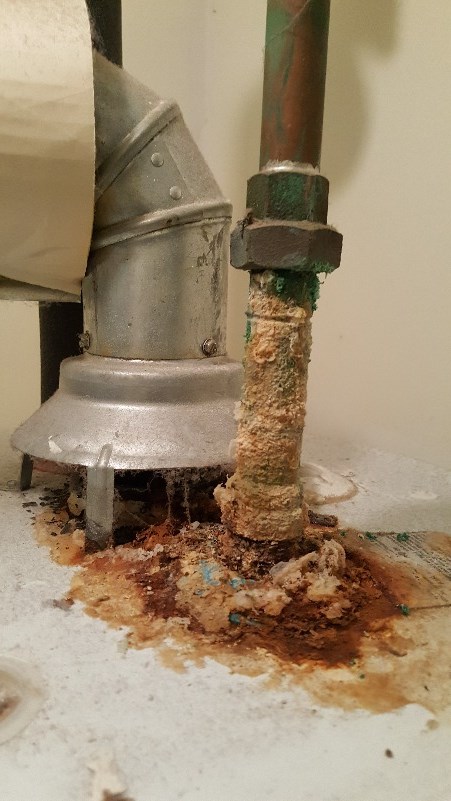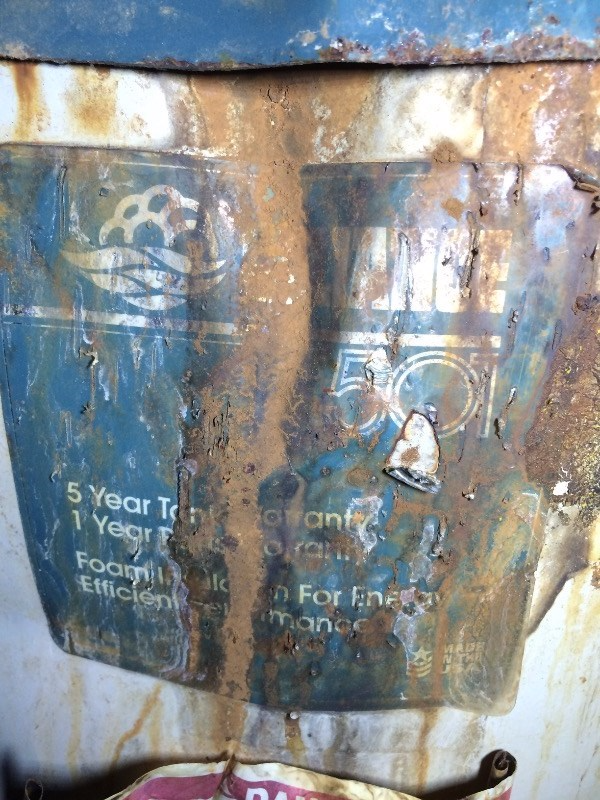What Causes Water Heater Failure?
Water heaters are an integral part of any residential or commercial property. The US Department of Energy estimates that there are 103 million residential water heaters in service. With the average lifespan of a residential water heater between 10 and 20 years, more than 25% of the water heaters in service are nearing the end of their useful life at any given point in time. Water heater failure can cause significant damage to the home, particularly if the water heater was not properly maintained.
Accidental water damage, from a leaking pipe or damaged line, is the second leading cause of property damage, and water heater failure is one of the foremost culprits of this type of property damage. According to IBHS, 69% of water heater failures are a result of a slow leak or sudden burst, causing significant water damage. Not only are these claims frequent, but IBHS also estimates that they cost an average of $4,444 per claim. This highlights the importance for insurance adjusters like you to be able to handle water heater damage claims easily.
While there are multiple varieties of water heaters, most (97% in the United States) are the traditional storage tank style (DOE). This type of water heater uses a large tank (typically holding between 25 and 100 gallons for residential systems) to store and heat the water for use in the home. The majority of tank-style water heaters use either a gas or electrical fuel source.
Key Components
Storage Tank – Where the water is stored and heated for use in the home. The tank consists of two parts: (1) an interior, heavy metal tank with a water protective liner, the exterior of which is commonly insulated with a polyurethane foam, and (2) a thin, external steel shell that encases the entire unit.
Heating Mechanism – Device used to heat the water within the storage tank. Electric tanks use two electrically powered internal heating elements. Gas heaters use a burner beneath the tank and have a flue system that allows exhaust to travel through the center of the tank (heating the water as it passes) before being vented outside.
Thermostat – Measures and maintains the water temperature by calling for heat, when necessary. Using the thermostat, the temperature can be adjusted by the user.
Dip Tube – A tube that travels from the cold water supply pipe (at the top) through the tank to feed cold water to the unit (near the bottom).
The Hot Water Outlet – Located at the top of the tank, it feeds hot water from the tank to the building supply plumbing. Since heat rises, the water at the top of the unit is always the hottest.
Sacrificial Anode Rod – Usually made of aluminum or magnesium, it minimizes tank corrosion by attracting harmful elements in the water away from the tank; because the rod is intended to deteriorate, it should be regularly inspected as a part of routine maintenance.
How a Tank-Style Water Heater Works
-
Cold water enters the tank through the cold water supply line.
- The heating mechanism, whether it be a heating element or a fuel source, is activated to heat the water as needed inside the property and can have its temperature limits adjusted based on the preferences of those utilizing hot water at the loss location. Electric water heaters have two internal heating elements to transfer heat into water, whereas gas heaters use a flame to heat the water. Both types of water heaters have sensors to monitor and maintain proper water temperatures.
- The heating mechanism automatically shuts off once the water reaches the desired temperature.
Reasons for Water Heater Failure
Wear and tear was the most common cause of water heater failures, accounting for 27% of all water heaters that StrikeCheck assessed last year. If your insured does not properly service the water heater, two serious consequences may arise:
Corrosion – Often, a water heater tank corrodes because the sacrificial anode rod becomes deteriorated and is not replaced. This inexpensive component is the most important step in ensuring a water heater’s longevity. The purpose of a sacrificial anode rod is to attract corrosive elements away from exposed areas of steel inside the tank. Because they are designed to corrode, anode rods require regular inspection and, ultimately, may require replacement. Water heater corrosion can be easily avoided by changing out the anode rod as a part of routine maintenance, which is easily done by unscrewing the depleted rod and replacing it with a new one.
Scale/Sediment – Scale and sediment result from repeatedly heating “hard water.” If allowed to accumulate without routine cleaning, they may eventually prevent the anode rod from protecting the unit from corrosion. In electric water heaters, another consequence of neglecting to clean scale and sediment is that it can lead to the destruction of one or both of the heating elements.
Of course, water heaters are also subject to other types of damages. If the area where the water heater is located (typically the basement, attic, or utility closet) becomes inundated with water, the damages to the water heater can be detrimental. Water damage is the second most frequent peril to water heaters that we have encountered – at a little over 36%. The electrical components of a water heater are susceptible to Lightning and Surge damages; about 9% of the water heaters we assess have electrical surge-related damages.
Claims for water heater problems occur frequently, but they don’t have to be another headache for you. We can assess your insured’s water heater and tell you what caused the damages, how to return it to pre-loss condition, and recommend a fair settlement amount. We can also review your insured’s estimate/invoice to validate pricing and verify like kind and quality of the proposed equipment.



